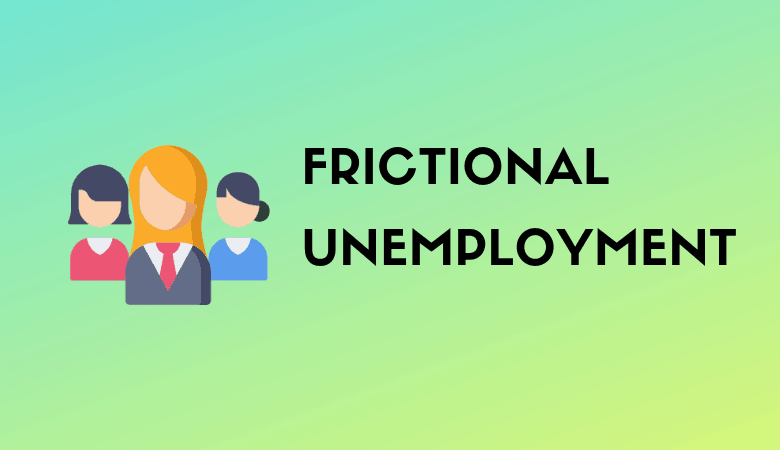The Connection Between Frictional Unemployment and Job Search

The Connection Between Frictional Unemployment and Job Search Frictional unemployment and the job search process are closely connected. Frictional unemployment happens when people are temporarily out of work as they search for a new job. This type of unemployment is natural and common, and it often occurs when someone decides to leave a job to find a better one or when they’re entering the job market for the first time.
Frictional unemployment and the job search process are closely connected. Frictional unemployment happens when people are temporarily out of work as they search for a new job. This type of unemployment is natural and common, and it often occurs when someone decides to leave a job to find a better one or when they’re entering the job market for the first time.
Let’s break it down in simple terms:
1. Changing Jobs and Frictional Unemployment Imagine you’ve decided to leave your current job because you want something better. Maybe you’re looking for a job that pays more, is closer to home, or matches your skills and interests more closely. During the time it takes to find that new job, you’re considered frictionally unemployed. You’re in between jobs, actively searching, but not working just yet.
2. The Job Search Process The job search process involves looking for open positions, applying for them, and going through interviews. This takes time. Even if there are jobs available, finding one that fits your skills, experience, and personal preferences isn’t always easy. The better the fit, the more likely you’ll be satisfied and productive in your new role. But until you find that perfect match, you remain frictionally unemployed.
3. Voluntary Unemployment Frictional unemployment is often voluntary. For example, if you’re a recent graduate entering the workforce for the first time, you might spend a few weeks or months looking for a job that suits your qualifications. Or, if you’ve moved to a new city, you might take some time to find a job in your new location. In these cases, you’re not unemployed because there are no jobs available—you’re unemployed because you’re looking for the right one.
4. How Long Does It Last? The length of frictional unemployment depends on how efficient and effective the job search process is. If you have access to good information about job openings, use online job search platforms, and know how to present your skills to potential employers, you might find a new job quickly. On the other hand, if the job market is tough or you’re not sure what kind of job you want, it might take longer.
5. Reducing Frictional Unemployment There are ways to reduce the time spent in frictional unemployment. For example, career counseling can help you identify your strengths and find job opportunities that match them. Training programs can help you gain new skills or improve existing ones, making you a more attractive candidate to employers. Networking—connecting with others in your industry—can also help you discover job openings you might not find on your own.
Conclusion In summary, frictional unemployment is a normal part of the job market. It happens when people are between jobs, actively searching for a new one that fits their needs. The job search process is key to this type of unemployment, as it’s the time spent finding that right job that defines frictional unemployment. By improving job matching, providing career guidance, and supporting training, we can help people find jobs faster and reduce frictional unemployment.